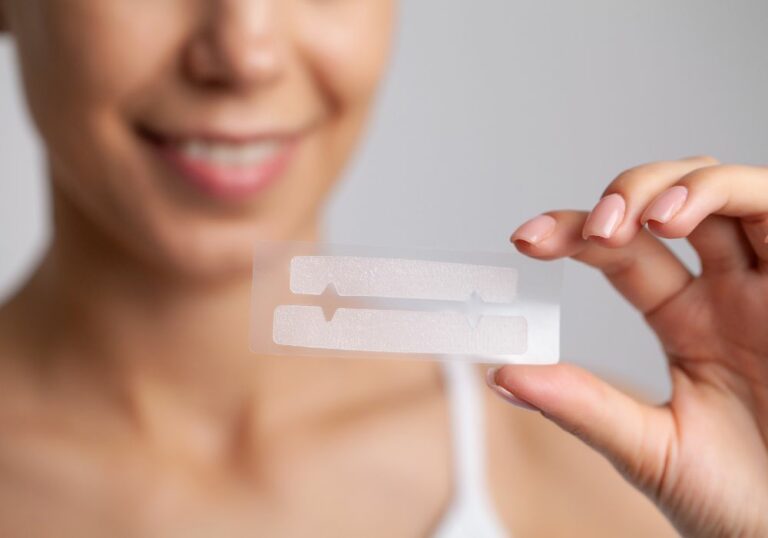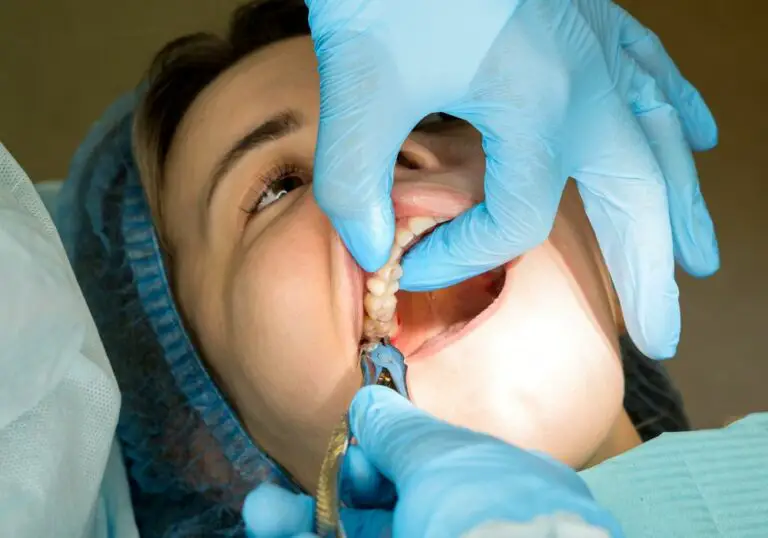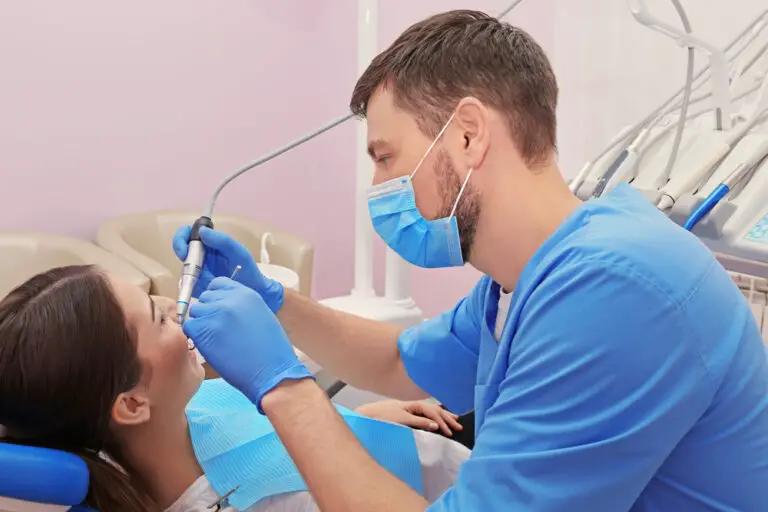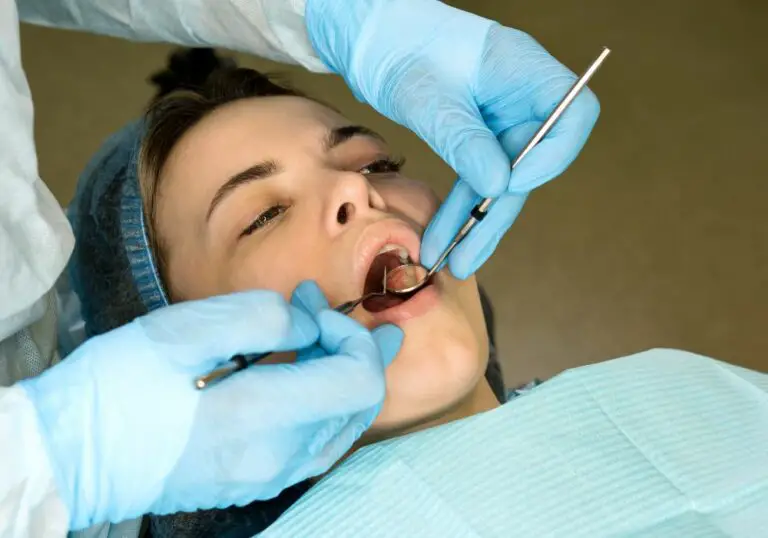What causes bone loss in teeth?
Bone loss around teeth, known as periodontal disease, has several potential causes:
- Poor oral hygiene: Not adequately brushing and flossing allows plaque, a sticky film of bacteria, to build up on teeth. Over time, plaque hardens into tartar that inflames the gums.
- Hormonal changes: Puberty, menstruation, pregnancy and menopause can increase gum sensitivity and susceptibility to bone loss. The hormonal shifts are thought to lower immunity and the body’s healing abilities.
- Genetics: Research shows certain gene variations may make certain individuals more prone to severe gum inflammation and bone destruction.
- Smoking/tobacco use: Chemicals in tobacco can irritate gum tissues, suppress immune function, and constrict blood vessels. This impairs healing and worsens inflammation.
- Medical conditions: Diabetes, cancer, HIV/AIDS, osteoporosis, and other conditions can lower the body’s ability to prevent and recover from gum infections that lead to bone loss.
- Clenching/grinding teeth: Chronic force placed on teeth through clenching or bruxism can traumatize the gums and jawbone over time. This eventually weakens the bone support.
- Medications: Certain medications like oral steroids, blood pressure drugs, and anti-seizure medications are associated with gum overgrowth, inflammation, and diminished bone density.
Stages and symptoms of bone loss

Bone loss typically develops gradually in stages:
Stage 1 – Gingivitis: The mild early signs are red, swollen, tender gums that bleed when brushing. No bone or attachment loss has occurred yet.
Stage 2 – Mild periodontitis: Inflammation spreads to ligaments and bone, causing early stages of detachment. Teeth may feel slightly loose.
Stage 3 – Moderate periodontitis: Bone loss worsens, with growing pockets around teeth. Gums recede, exposing more tooth surface. Pain may increase as space grows between teeth.
Stage 4 – Advanced periodontitis: Significant bone destruction causes teeth to loosen or shift positions. Tooth loss is likely without prompt treatment.
Diagnosing bone loss
Dentists use various examinations to evaluate bone loss:
- Medical/dental history: Looking at risk factors and symptoms reported by the patient.
- Visual inspection: Checking for clinical signs like gum swelling and recession along the gumlines.
- Periodontal probing: Gentle probing around teeth roots with a tool measures pocket depth, which indicates bone loss severity.
- Dental X-rays: X-ray imaging shows amount of bone still surrounding each tooth root to identify bone defects.
- CT scans: Cone beam CT scans create 3D images of bone structure for a more detailed assessment, if needed.
Treatment options

Non-surgical treatments used for mild to moderate bone loss include:
- Professional dental cleanings every 3-6 months
- Antimicrobial mouth rinses like chlorhexidine
- Antibiotics to control bacterial infection
- Flap surgery to clean debris from under gums
Surgical treatments required for moderate to advanced bone loss:
- Bone grafting – Natural or synthetic bone is implanted to stimulate regrowth in areas of severe loss. Materials like collagen are sometimes used.
- Growth factor application – Proteins like platelet-derived growth factor (PDGF) are applied to boost cells that rebuild bone.
- Ridge augmentation – Grafts or growth factors build up the height and width of the remaining jawbone ridges to better support restorations.
- Guided tissue regeneration – Barrier membranes help direct growth and prevent gum tissue from invading areas of bone regeneration.
- Sinus augmentation – The sinus floor is lifted and graft material is added to replace upper jaw bone loss.
Supporting bone regeneration
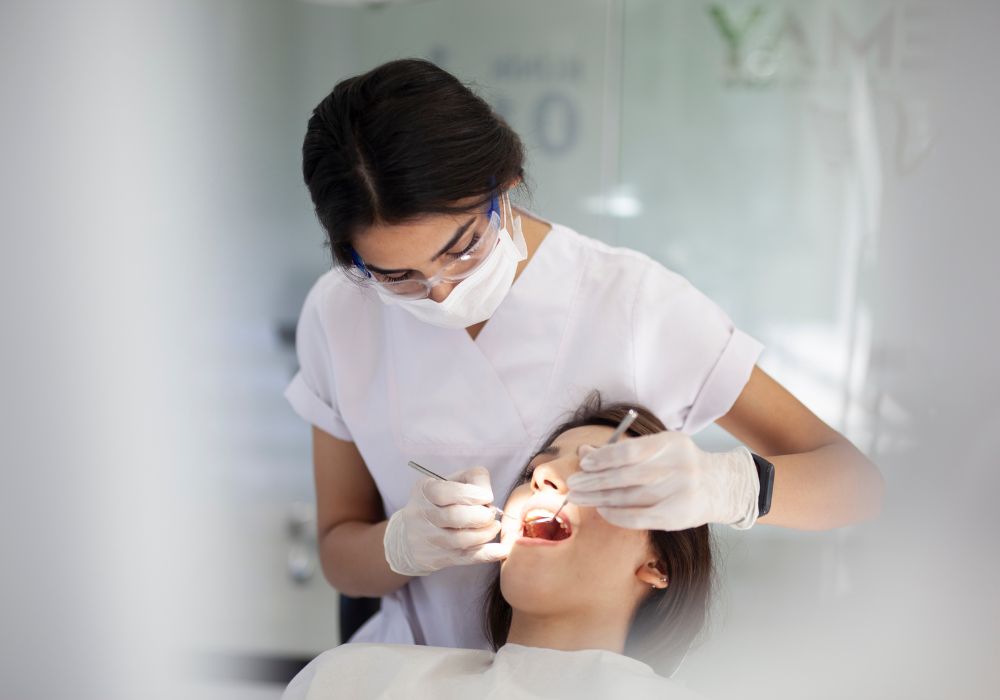
Certain lifestyle measures can support treatment and help regenerate bone:
- Maintain excellent oral hygiene by brushing thoroughly twice a day and flossing once daily
- Use antimicrobial mouthwash twice a day
- Receive professional teeth cleanings from your dentist every 3-6 months
- Eat a balanced diet rich in calcium and vitamin D
- Take prescribed nutritional supplements if bone density is low
- Quit smoking and avoid secondhand smoke
- Limit alcohol consumption
- Get treatment for grinding/clenching if present
- Manage stress through yoga, meditation, or other relaxation techniques
With diligent oral hygiene and close follow-up care, treatments can help restore bone health and function. While some loss may be permanent, it is often possible to halt progression and stabilize areas of degeneration.
Common Questions
Q: How long does it take for bone grafting to work?
A: It typically takes 4-12 months for substantial bone regeneration from grafting procedures before implants or other restorations can be placed. Proper healing time is important.
Q: Can dental bridges replace bone grafting?
A: Bridges can avoid grafting procedures but have higher failure rates long-term compared to implants placed after grafting rebuilt bone volume.
Q: What is the cost of surgical bone regeneration treatments?
A: Costs vary based on the specific procedure and amount of grafting materials used but often range between $500 – $5000. Dental insurance may offset some of the cost.
Q: How can I prevent further bone loss?
A: Excellent at-home oral care, smoking cessation, healthy diet, stress reduction, and regular dental cleanings/exams will help prevent recurrence of disease and maintain bone.
Q: Is bone loss preventable as I age?
A: Age-related bone loss is difficult to prevent entirely but staying vigilant with oral hygiene and limiting risk factors can reduce the likelihood of significant deterioration.
Don’t wait to seek help if you notice potential signs of bone loss. Today’s advanced treatments can halt damage and regenerate lost bone to save your smile. Partner closely with your dentist to determine the optimal treatment plan for you.

